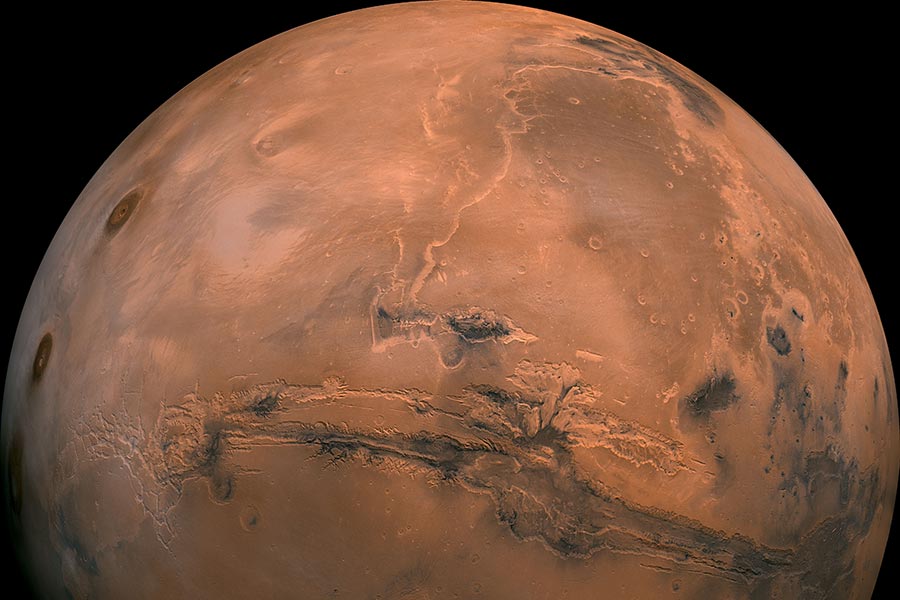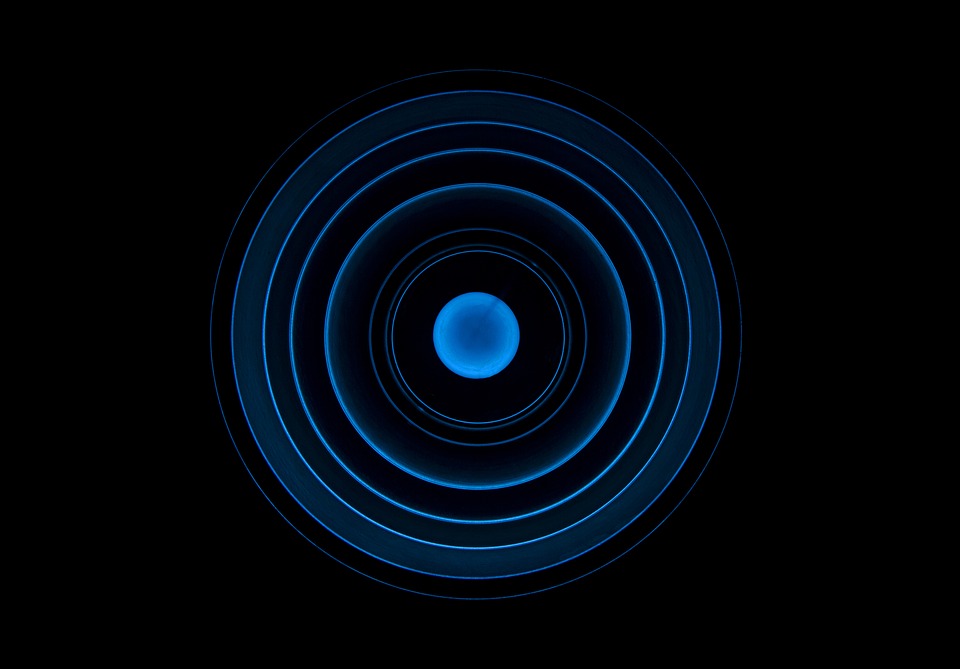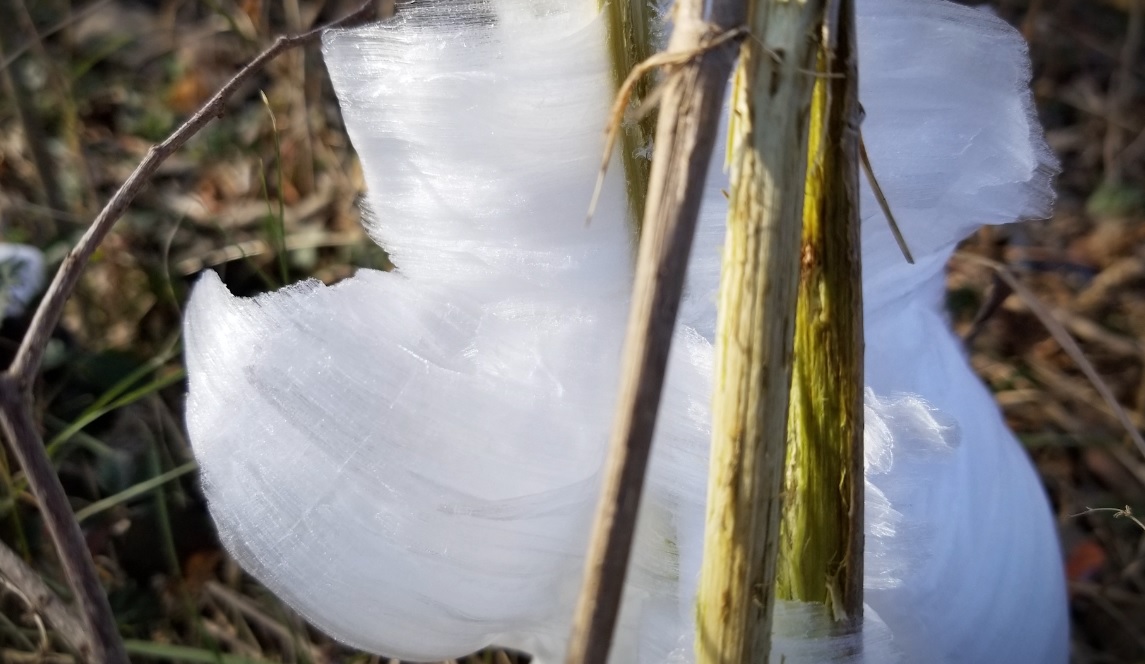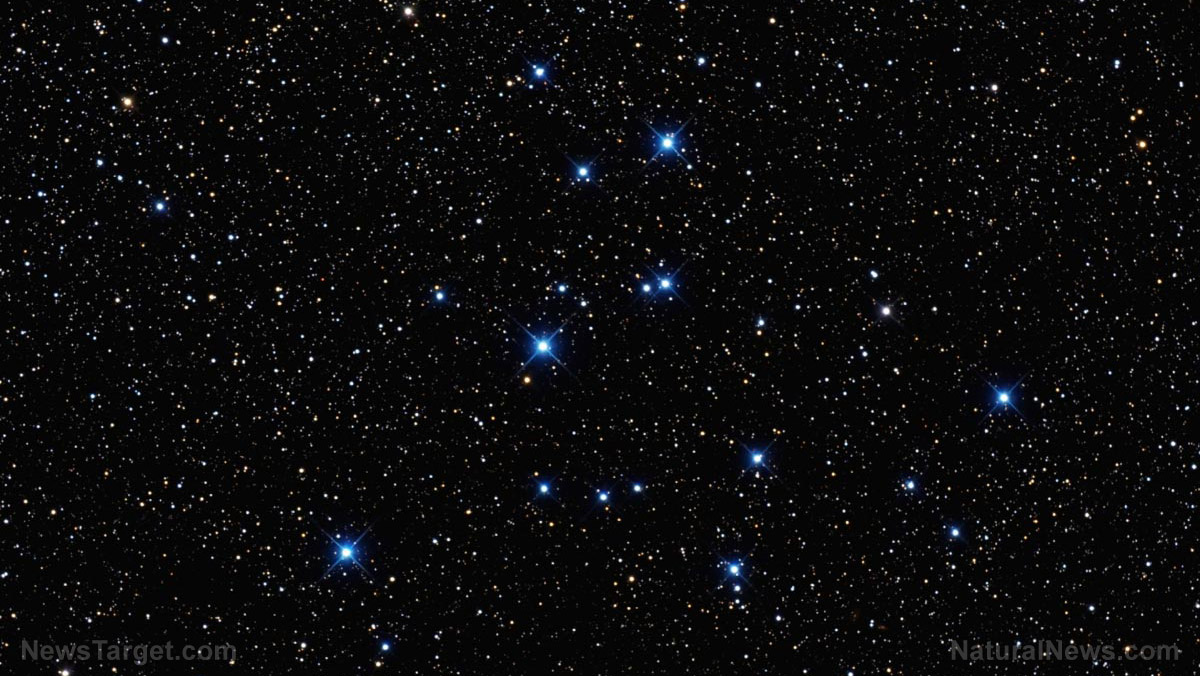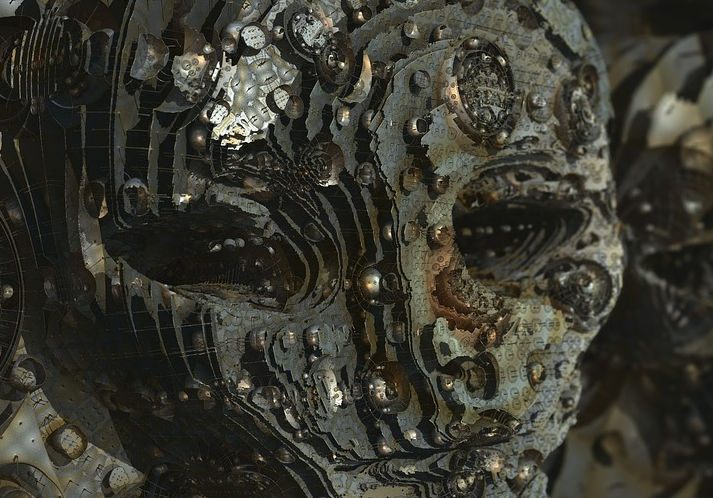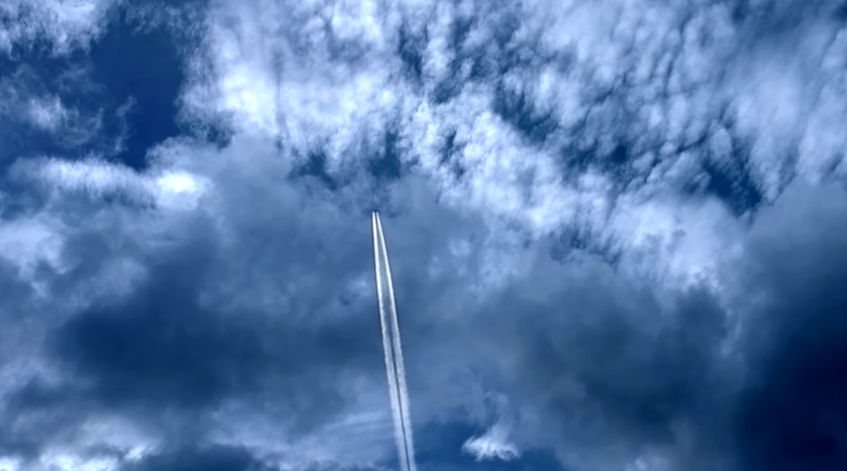It seems like every day, the National Aeronautics and Space Administration (NASA) gives out a new reason to become or remain curious about what might be going on in the surface of the planet Mars. The space agency recently released one new image that has been described by some people who have seen it as stunning, as it reveals yet another mystery that the foremost scientists here on Earth will work hard to decipher.
The image in question, titled “Splitting Slope Streaks,” was posted on the official NASA web site after being taken by the Mars Reconnaissance Orbiter (MRO). According to NASA’s official description, the image shows streaks forming on Martian slopes when dust happens to cascade downhill. The streaks are dark in color and appear to branch out into tendril-like structures across the Martian surface.
The prominent dark streak in the image is said to be an area of less dust compared to the brighter and reddish surroundings. And as for what exactly causes these avalanches to happen in the first place, NASA has no clear answer. They speculate that it may have something to do with the sudden warming of the planet’s surface.
Although NASA always seems to be excited when sharing new stuff for people to learn about the planet Mars, they usually only talk about water- or alien life-related discoveries, or rather, the possibility of either of those being discovered on the red planet. This recent image marks the first time in a while that the space agency has revealed a distinctively land-based phenomenon, which offers some insight into how the planet operates – or used to operate, for that matter.
So far in their research on the planet Mars, NASA has not been able to find a single drop of water. However, the mere fact that they have been able to find evidence of water being present on the planet in the past is quite promising. The most recent breakthrough in relation to this is the 2013 discovery that water that was good enough to drink once flowed on the planet, based on data gathered by the Curiosity rover.
After analyzing the particular image of the dark streaks captured by the MRO, which was taken with the use of its on-board High-Resolution Imaging Science Experiment (HiRISE) camera, NASA scientists determined that the streaks are often diverted by the terrain on which they flow down. The one in the image was said to split into many smaller streaks where it encountered minor obstacles. It is expected to fade away after decades, mainly as more dust slowly settles out of the Martian sky.
To help put the image with the dark streaks into perspective, NASA offers the following technical details:
The map is projected here at a scale of 25 centimeters (9.8 inches) per pixel. [The original image scale is 28.1 centimeters (11.1 inches) per pixel (with 1×1 binning); objects on the order of 84 centimeters (33.1 inches) across are resolved.] North is up.
The image was captured with help from the University of Arizona, Tucson, as well as NASA’s Jet Propulsion Laboratory (JPL) in Pasadena, California.
If you’re interested in catching all the latest headlines involving NASA and its various space missions, especially those concerning the planet Mars, read more articles in Space.news.
Sources include:
DailyMail.co.uk
NASA.gov
We will respect your inbox and privacy

